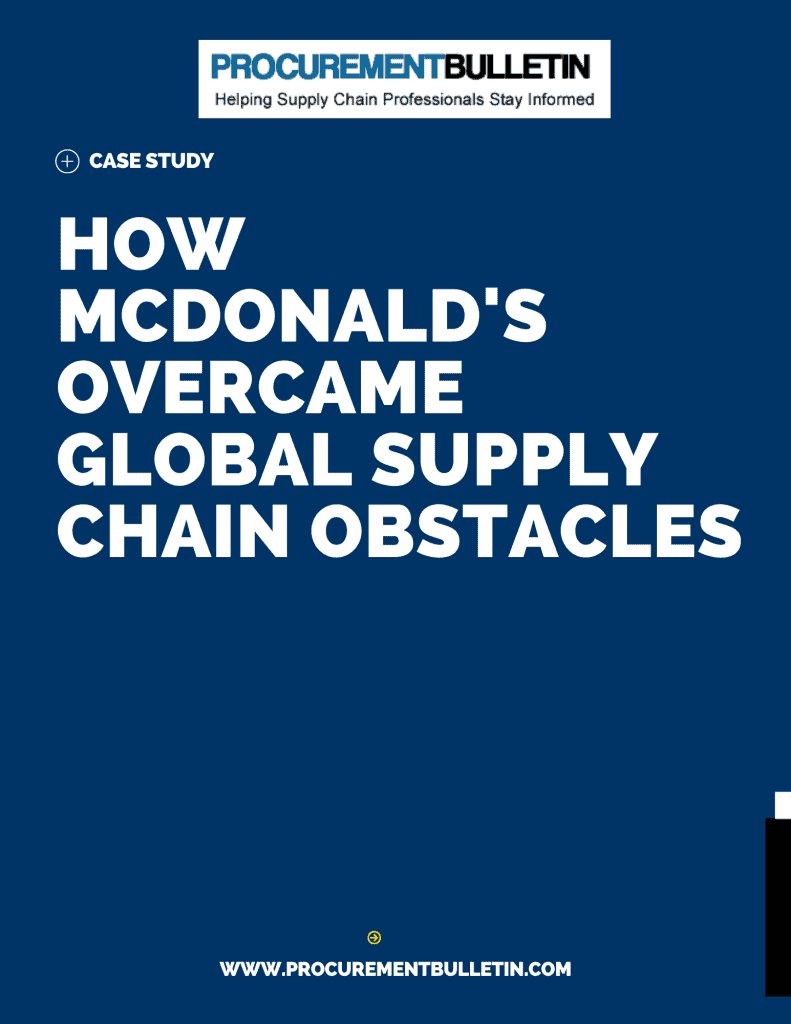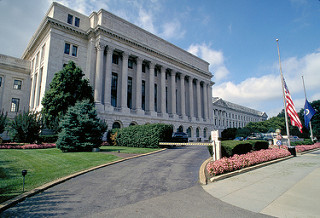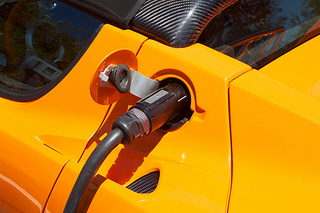Down the Road: Looking at Tesla’s Gigafactory and the Grid

At the beginning of September, Nevada Legislators approved Tesla’s $5 billion Gigafactory to be built in Reno. The state wooed Tesla with a $1.25 billion incentive package. The package included several tax credits and abatements as well as a discount on electricity and free land. The state beat out competitors such as California, Arizona, New Mexico, and Texas.
This article is for Premium Members only. Please login below to read the rest of this article.
Not a Premium Member yet? Become one today.
[login_form redirect=’https://www.procurementbulletin.com/’]
[show_to accesslevel=’Premium Members’]
A Closer Look at What Tesla Plans to Accomplish with Its New Gigafactory
Tesla is working on their Model 3 car, which is a luxury sedan expected to cost around $35,000. They want to mass market this electric vehicle starting in 2017. The Gigafactory is supposed to lower Tesla’s cost of manufacturing the car’s battery and battery packs. It’s estimated to lower their battery production rate by 30 percent. Tesla plans to manufacture enough batteries for 500,000 cars by 2020. The factory will be fully operational by 2017.
The Gigafactory is not only a battery manufacturing facility, it will also be a net zero energy factory. This means it will generate enough electricity to be self contained, even dduring peak usage. The Gigafactory will be shaped like a diamond and produce energy through a combination of solar, wind, and geothermal producton processes. The solar panels will be arranged on the roof pointing true north to maximize sun exposure.
Tesla’s Gigafactory Is Good News for the Grid
Tesla’s Gigafactory plans to run on 100 percent renewable energy and generate enough energy to give back to the grid. According to Tom Lombardo from Rock Valley College in Rockford, the Gigafactory could generate more than 2,900MWh every day, which is 20 percent more electricity than it needs. That’s actually a conservative estimate. That’s enough extra electricity to power 20,000 homes or more.
Many companies are following suit by investing in renewable energy. Not only does it save money, but it helps cut down on carbon emissions that damage the environment. Of course, renewable energy isn’t a viable option for all companies yet because of the initial cost. Plus, manufacturing facilities have to be large enough to house their operations as well as the equipment to generate renewable energy.
The Gigafacotry Will Positively Impact Nevada’s Economy
Tesla’s Gigafacoty is going to bring thousands of new jobs to Nevada and positively impact their economy. Governor Brian Sandoval estimated the creation of 6,500 new jobs at the factory alone. This will help Nevada fight its high unemployment rate. Plus, Tesla’s Gigafactory is expected to bring $100 billion in economic benefit to Nevada over the next two decades.
Nevada is also paying for a $43 million four-lane road to connect to US Highway 50 and also open up the Tahoe Reno Industrial Center to more development. Tesla’s Gigafactory will be located on the main extension, named “Electric Ave.”
Nevada is pushing for more manufacturing facilities that generate renewable energy. It is the right step towards lower electicity costs for everyone. An energy grid crisis can be prevented with this new technology. [/show_to]







